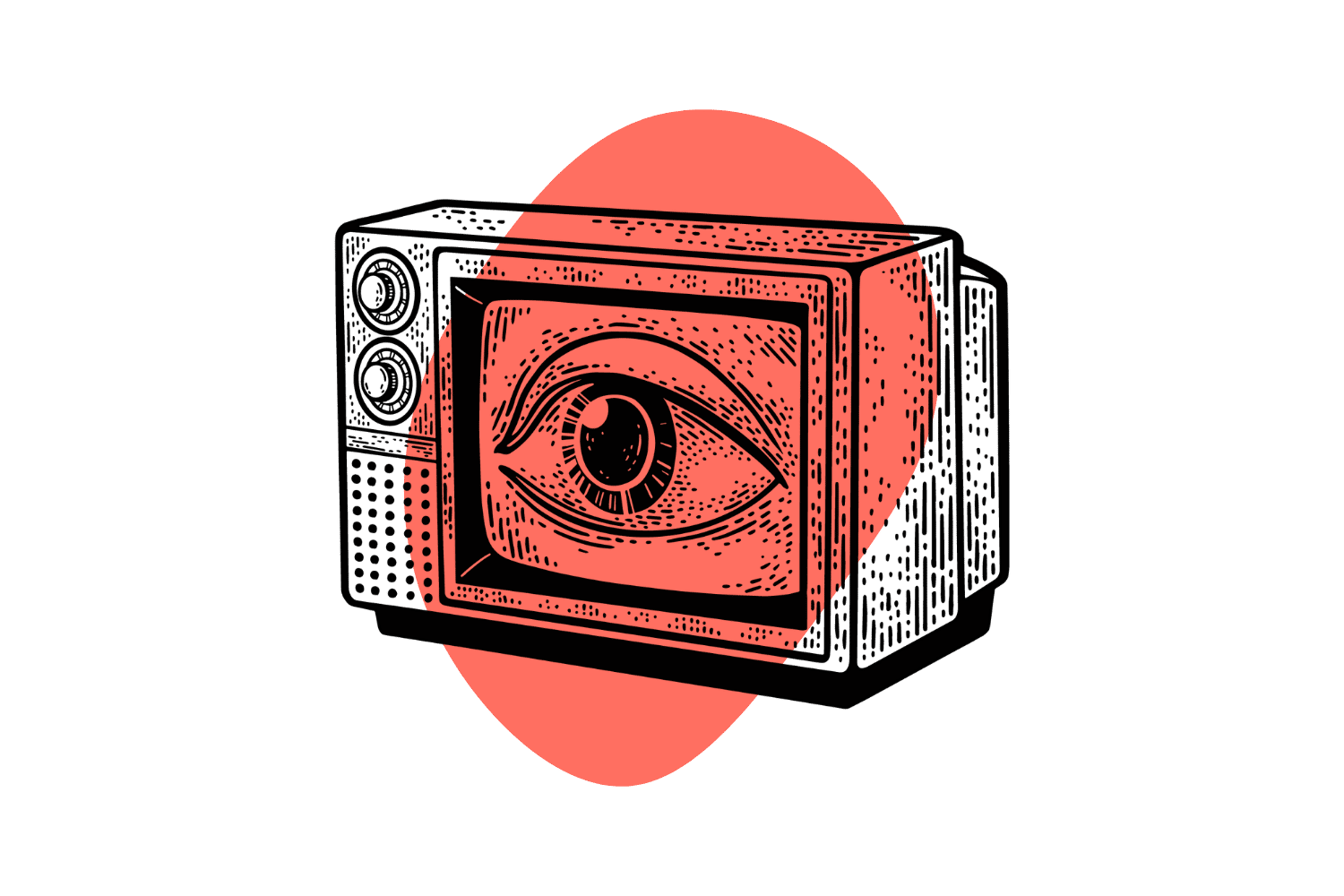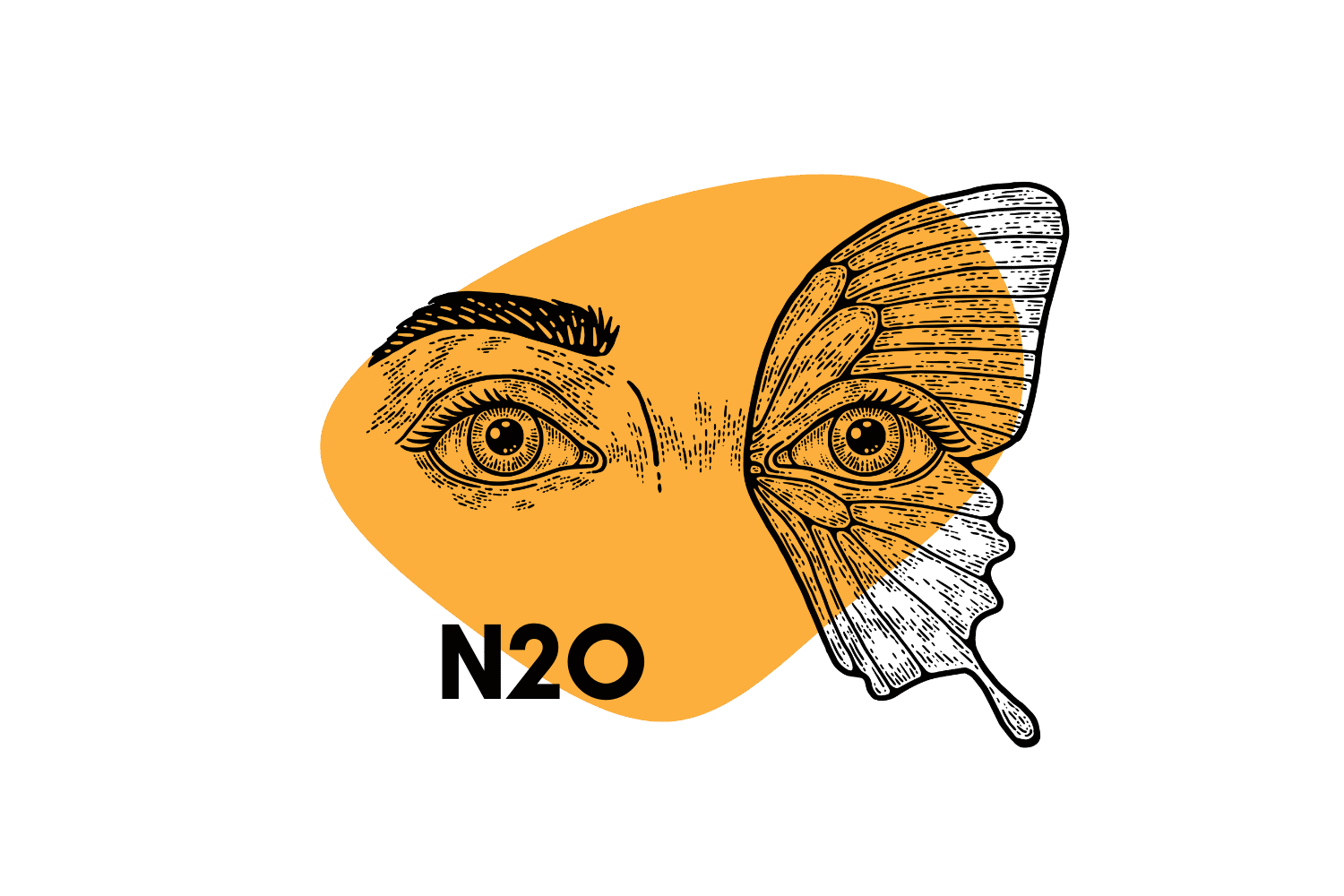[Xe] | Tripping On Xenon
This rare elemental gas, produced in the center of merging neutron stars, is one of the most powerful yet short-lived psychedelics known.

Xenon is the perfect anesthetic. It has powerful euphoric and dissociative effects, similar to nitrous oxide (laughing gas), but is only much stronger.
This psychedelic element is found in trace concentrations in the air we breathe (well below 1%), but obtaining it in psychoactive forms is extremely expensive — a single balloon full of xenon gas can cost more than $50.
What is Xenon?
Xenon is an elemental gas found in trace concentrations in the atmosphere (around 0.00001%). It’s one of seven noble gases, which are the least reactive group of elements on the periodic table. Other noble gases include helium, neon, argon, krypton, radon, and oganesson (a synthetic element).
Xenon is created when two neutron stars merge together. The incredible amount of energy at the core of these stars is strong enough to forge new, heavier elements. This is how most elements beyond zirconium are formed. On Earth, xenon exists as remnants from neutron star mergers that took place billions of years ago.
Xenon was first discovered in 1898 by William Ramsay and Morris Travers. The name xenon is derived from the Greek word xenos — which means “stranger.”
Due to the poor reactivity of xenon, there are few uses for this element in chemistry. However, there are still a few good uses for it:
- As an anesthetic during surgery
- As fuel for ion thrusters on long-range spacecraft
- For blood doping
- Lighting
It’s considered “the perfect anesthetic” because it’s exceptionally powerful, provides instant effects, and enables complete anesthesia without causing any residual side effects.
After one inhalation, xenon produces feelings of intense euphoria and dissociation. The psychedelic effects feel almost dream-like but with a strange sense of clarity and an overwhelming sense of ecstasy.
Once the xenon is breathed out, normal consciousness returns completely within a few minutes.
Xenon Specs:
| Active Ingredient | Xenon |
| Level of Risk | Moderate |
| Most Common Side Effects | Loss of Consciousness, laughter, dizziness |
| Duration of Effects | 1–3 minutes |
| Legality | Legal |
Xenon Effects Matrix
What Does Xenon Feel Like?
Xenon’s effects are unusually euphoric and dissociative. Within seconds, the user experiences a stark feeling of separation from the body, closed and open-eye visuals, and an overwhelming sense of ecstasy.
Some people report a feeling of “euphoric nothingness,” which is characteristic of high doses of dissociative substances, including PCP, ketamine, DXM, and nitrous oxide.
Xenon also affects the voice. It’s denser than air, so as users speak while using xenon, the voice takes on a deep pitch — sort of like the monsters featured in movies.
Watch: Hamilton Morris Tries Xenon Gas

What’s The Dose of Xenon?
There’s no “normal” dose of xenon, and this compound is rarely used recreationally because of its prohibitive cost.
With that said, there are people that use xenon recreationally. Much like nitrous oxide, xenon gas is filled into a balloon and inhaled. The potent anesthetic effects can cause people to lose consciousness if too much is used. To prevent this, it’s wise to inhale halfway with xenon, then inhale the rest of the way with air. It’s also critical to have a trip sitter nearby and ensure the user can’t fall and hurt themselves should they lose consciousness.
In medical clinics, xenon is administered through a closed rebreathing system. It’s usually mixed with about 30–40% oxygen and administered to the patient until the procedure is over.
For blood doping, the normal dose of xenon is around two to three liters (5-minutes of breathing) at a concentration of 30–60% xenon and 70–40% oxygen.
How Long Do The Effects of Xenon Last?
The effects of xenon are very short-lived. One balloon of xenon kicks in within 5 seconds. After breathing out, the effects taper off over the course of about 45 seconds.
In hospitals, the effects last as long as the user remains connected to a respirator. As soon as the gas is shut off, the user starts to regain consciousness. After about 3 minutes, the effects are completely gone.

How Much Does Xenon Cost?
Xenon is extremely expensive — enough gas for about 45 seconds of psychoactive effects costs around $50–$80.
Medical clinics often use recapture systems to harvest the xenon as the patient exhales. Xenon can be used repeatedly because it doesn’t react with anything and leaves the body in pure form.
For the sake of comparison, here are the approximate costs of other noble gases
- Helium — $0.10/L
- Argon — $2/L
- Neon — $2/L
- Krypton — $0.50/L
- Xenon — $10/L
- Radon — Not Available
- Oganesson — Not Available
Where Does Xenon Come From?
The only way to obtain xenon is to harvest it from the air, which requires condensing millions of liters of air into a liquid and distilling trace amounts of xenon out of it.
All the xenon in our atmosphere has been here for billions of years already. Some xenon isotopes can also form in nuclear reactors or by nuclear bombs, but most of this decays into other elements.

Xenon’s stable isotopes include xenon 126, 128, 129, 130, 131, 132, and 134.
Xenon 131, 133, and 135 are used to detect nuclear explosions; xenon 135 is also a notable poison for nuclear reactors.
Interestingly, the planet Jupiter has unusually high levels of xenon — though it still makes up only trace concentrations of the planet’s atmosphere.
How Strong is Xenon Compared to Other Dissociative Drugs?
Xenon is likely the strongest dissociative substance currently known. Here’s how it stacks up against other common dissociative compounds.
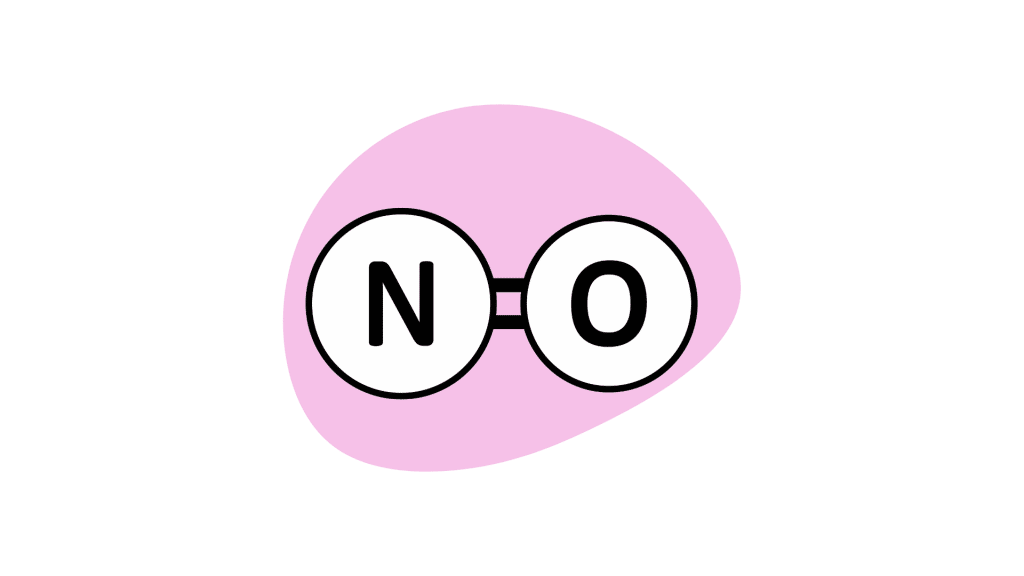
Xenon vs. Nitrous Oxide
Nitrous oxide is the closest to xenon in terms of effects, but xenon is much stronger.
Both gases produce a similar sensation of dissociation and euphoria, and are used via inhalation and are a form of anesthesia. Nitrous oxide is more cost-effective and is often used for dentistry or emergency medicine.
As an anesthetic, xenon is roughly 45% stronger than nitrous oxide. This allows doctors to increase the oxygen ratio in the blend, reducing the risk of asphyxiation.
Xenon can induce full anesthesia at atmospheric pressure, while nitrous oxide isn’t quite strong enough for this effect. Patients administered nitrous oxide experience the potent analgesic action but remain conscious unless given other anesthetic agents.
Qualitatively, nitrous oxide feels less euphoric than xenon, and the overall experience is more lucid in nature. Some studies have shown that nitrous oxide increases activity in the mesolimbic dopamine system, while xenon blocks this activity. This could explain at least some of the qualitative differences between nitrous oxide and xenon gas.
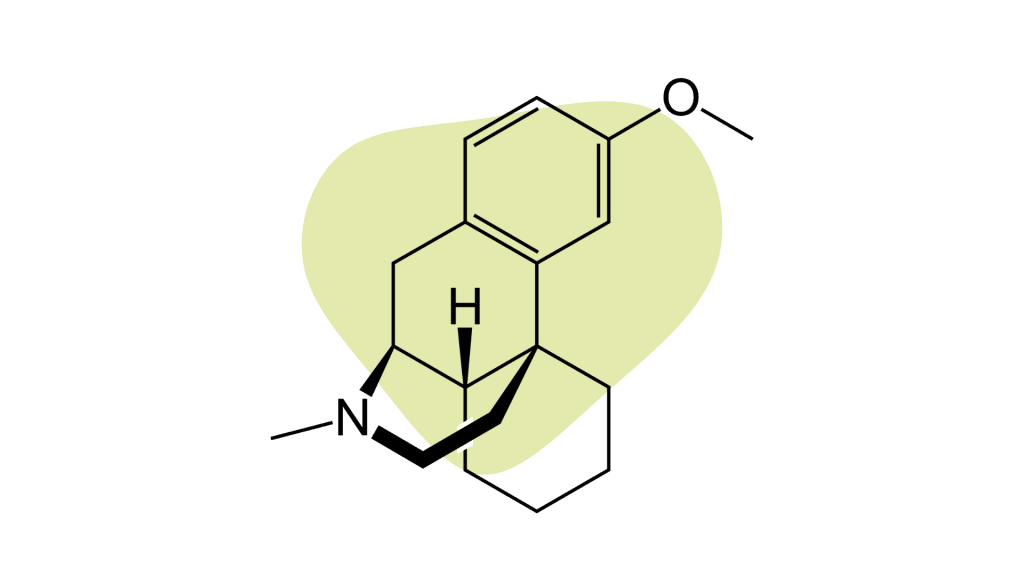
Xenon vs. DXM
DXM (dextromethorphan) is a popular dissociative drug found in over-the-counter cough medicines. The effects of high-dose DXM vaguely resemble xenon but with some key differences. Xenon is much more euphoric and significantly stronger overall. DXM is longer-lasting and induces an effect similar to being drunk. DXM also has a deliriant-like effect, making it hard for users to tell the difference between real and imagined.
Both DXM and xenon work by blocking the NMDA receptors in the brain.
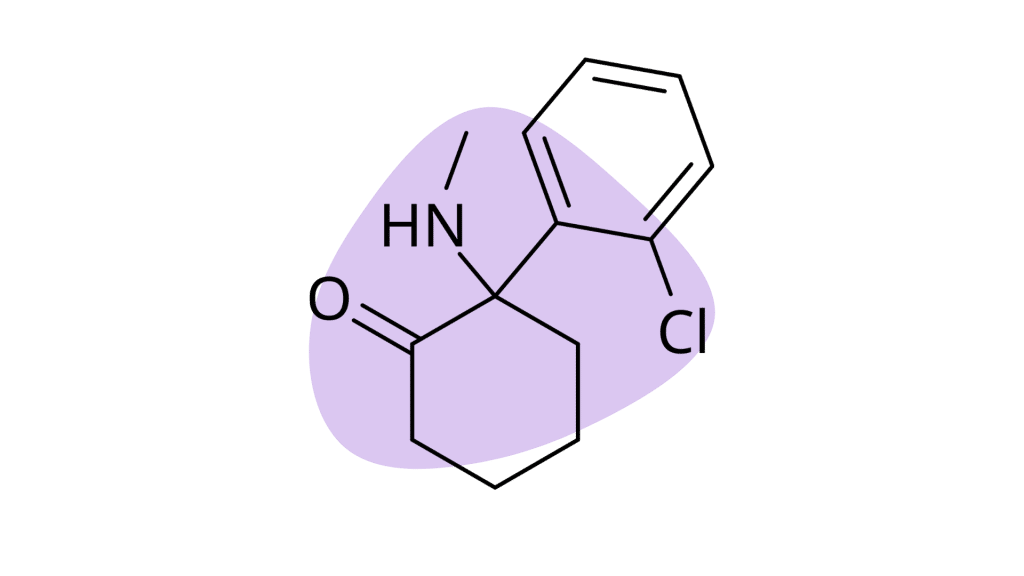
Xenon vs. Ketamine
High doses of ketamine feel similar to xenon but with less euphoria. When people take high doses of ketamine, they may experience a state called a “K-hole,” where the user feels as though they’re endlessly falling into a black hole through space and time. Their sense of self dissolves and is replaced by either a sense of “nothingness” or a deep sense of connection with the universe.
This breakthrough experience on ketamine is somewhat similar to xenon, but instead of delivering orgasmic euphoria like xenon, ketamine carries a zen-like apathetic feeling.
Xenon experiences tend to be more positive, while ketamine and other dissociatives are often more dark and disturbing in nature.
Ketamine has a sympathomimetic action (mimics fight or flight response), while xenon is sympatholytic (blocks fight or flight response) [7]. Ketamine also lasts much longer, usually around an hour (IV ketamine).
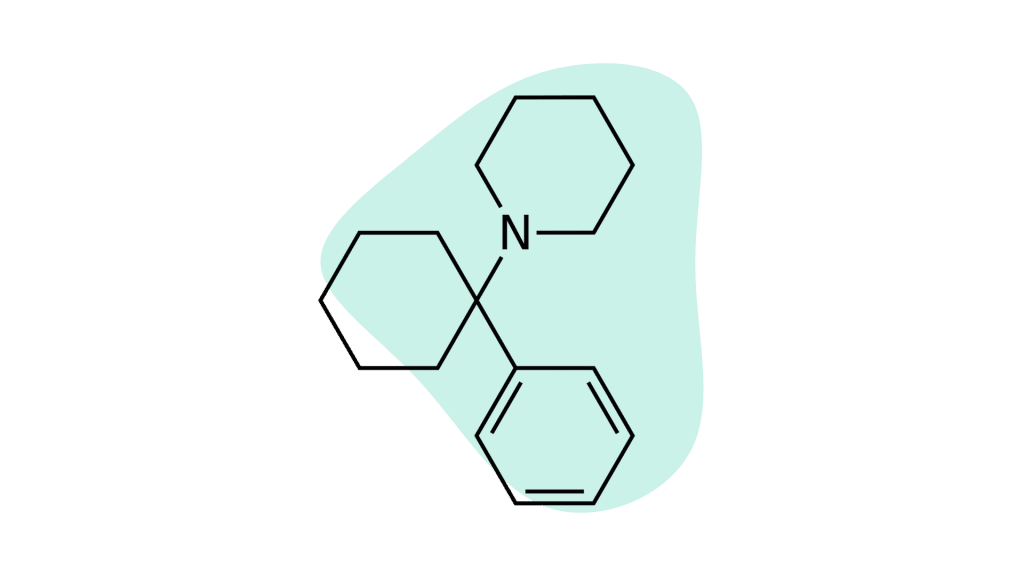
Xenon vs. PCP
PCP (phencyclidine) and xenon were a few of the first dissociative analgesics to be introduced into medical practice. However, PCP was more popular because of how cheaply it could be made compared to the excessively high cost of xenon — especially at the time.
The problems with PCP started to appear right away. About 20% of the patients suffered from bizarre bouts of madness that lasted several hours after surgery. Patients often had to be restrained and would end up with long-term mental trauma related to the incident.
The effects of PCP are highly dose-dependent. In lower doses, PCP is nothing like xenon. High doses produce a similar sensation of ‘nothingness’ and euphoria, but this is nowhere near the impact of xenon. PCP also has a much higher deliriant effect than xenon and causes users to experience people or other beings that aren’t really there.

The Dangers of Xenon Gas
Xenon gas displaces the oxygen we need to survive. Therefore, inhaling too much xenon for too long can cause asphyxiation and death.
This poses a particularly high risk for people self-administering xenon through a respirator mask. If too much xenon is inhaled, the user may lose consciousness and become unable to remove the respirator. They will continue breathing in xenon, which continues to displace oxygen. Just a few minutes of this is long enough to cause irreversible brain damage or death.
It’s extremely important to never use xenon gas alone.
Aside from the risk of asphyxiation, xenon has a very low risk of causing harm. Its lack of reactivity means it won’t interact or form metabolites in the body; it isn’t processed by the liver or any other bodily system and eventually leaves the body intact. It won’t interact with medications or cause any cytotoxic effects. This impressive safety profile is part of the reason why xenon is considered a perfect anesthetic.
Is Xenon Addictive?
Xenon, like any dissociative drug, can become addictive.
There’s no evidence suggesting the body becomes physically dependent on xenon, but the feelings of euphoria and dissociation can become habit-forming.
Xenon addiction is rare — not because this compound isn’t addictive, but because it is prohibitively expensive. To consider the risk for addiction, we have to look at the most closely-related compound, nitrous oxide.
In the UK, nitrous oxide is the eighth most commonly used substance [8]. Most people use it in moderation, but a subset of people are heavy users that meet the criteria for addiction. The short, fleeting high has users constantly needing more to maintain the trip.
Dissociatives like NO2 and xenon give people a sense of escape and detachment, providing relief from physical and emotional pain. This feeling of release can be addictive.
Is Xenon Legal?
Yes, there are no laws suggesting the use of xenon gas is illegal.
However, both xenon and argon have been officially banned by the World Anti-Doping Agency (WADA) for use in organized, professional sports, but there are no reliable means of testing for these substances.
How Does Xenon Work?
Xenon, like other dissociatives, owes most of its effects to a blockage of the NMDA receptors.
NMDA is a subtype of the glutamate receptors — which regulate everything from memory formation to neural regulation.
Xenon binds to the glycine site on NMDA receptors, preventing glycine from binding and effectively blocking the receptor channel from opening.
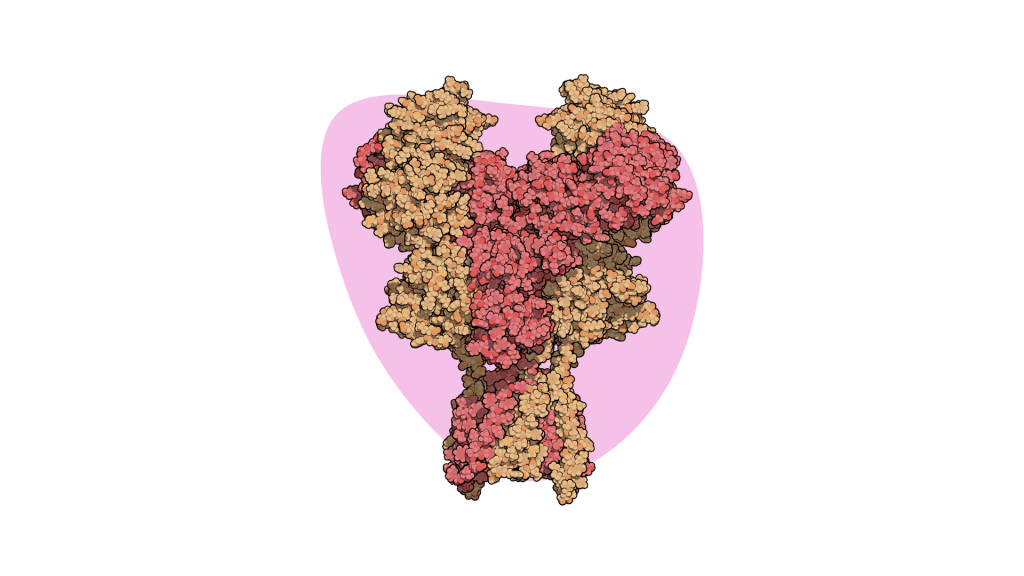
Unlike other NMDA receptor antagonists, xenon doesn’t induce neurotoxic effects, nor does it lead to an increase in dopamine activity in the nucleus accumbens.
While the majority of xenon’s psychoactive effects can be traced back to the blockage of NMDA receptors, this compound affects many other neurological processes as well.
Pharmacological effects of xenon include:
- NMDA receptor antagonist
- TREK-1 agonist [4]
- Α4β2 (nicotinic acetylcholine) receptor antagonist [5]
- Plasma membrane Ca2+ ATPase inhibitor [6]
- 5-HT3 (serotonin) receptors antagonist [9]

Xenon For Anesthesia
Xenon has been used as an anesthetic agent since 1951 but didn’t become widespread until much later due to issues with availability and cost.
Today, xenon is considered a perfect anesthetic agent for 5 reasons:
- The effects kick in within seconds
- The effects wear off completely within a few minutes
- There’s virtually no risk of adverse effects with other medications
- Xenon leaves no lasting side effects or toxicity
- Xenon is extremely powerful as an anesthetic agent
Other common anesthetic agents include Halothane and Isoflurane — both can cause liver damage or other lasting side effects.

Xenon For Blood Doping
Xenon gas exposure has been shown to increase the production of a protein called HIF1 alpha (HIF1A) and, subsequently, erythropoietin (EPO) [1]. EPO increases the body’s red blood cell production, directly benefiting athletes. Increasing EPO levels are a common target for athletes seeking to enhance their athletic output for a competitive edge.
A randomized, controlled trial in 2016 confirmed xenon’s blood doping effects at subanesthetic doses [10]. The effects appear roughly 8 hours after the treatment and remain in place for 24 hours.
Treatment works by spending 5–10 minutes inhaling about two or three liters of a xenon and oxygen blend (roughly 30–60% xenon) at least 24 hours before competing.
At the 2006 Turin Winter Olympic games, a Russian Olympic team used xenon before their performances. That year, 22 Russian athletes won medals, 15 of which reportedly used xenon treatments before performing.
Eight years later, WADA (World Anti-Doping Agency) added xenon to its list of prohibited substances.

Neuroprotective Effects of Xenon
Studies show xenon possesses a neuroprotective action — this is significant because most anesthetics or dissociatives with a similar mechanism of action on NMDA receptors are neurotoxic.
A study in 2005 found that xenon treatment could reduce ischemic injury to the cerebral arteries in pigs [11].
Another animal study found that xenon gas (25% Xe, 75% O2) was able to interfere with the reconsolidation of long-term fear memories (trauma) [12]. This is similar to how ketamine is used for treating PTSD.
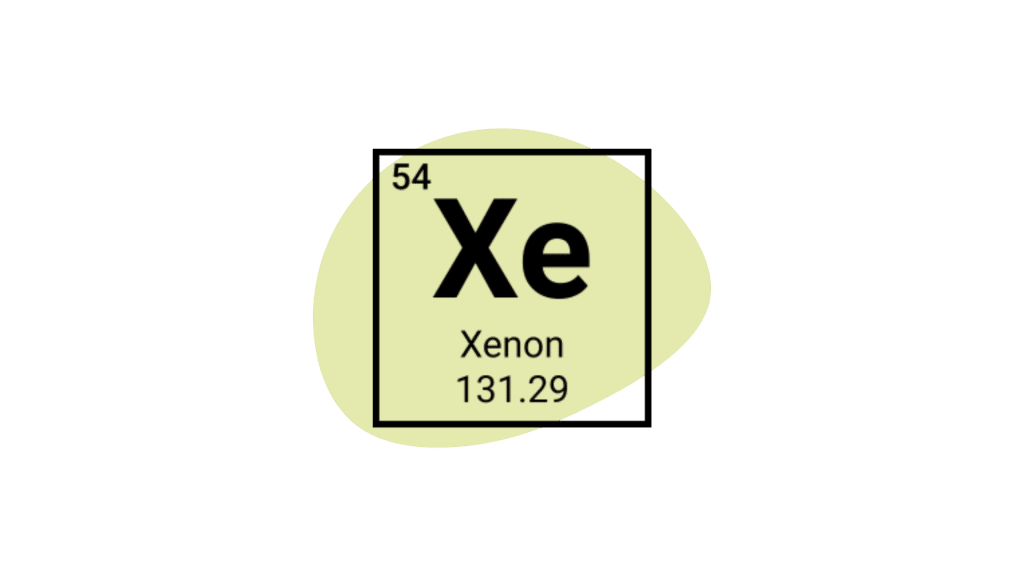
Xenon FAQs
Xenon is a fascinating element with a lot of unique nuances. From being born in merging neutron stars to providing what medical experts consider the “holy grail of anesthetics,” xenon certainly has a few tricks up its sleeves.
Here are some of the most commonly-asked questions about xenon.
1. How Does Xenon Affect The Voice?
Xenon makes the voice sound much deeper than it really is. This gas is heavier than air, so when we breathe xenon, it lowers the pitch.
Watch: How Inhaling Different Noble Gases Affect The Voice
2. What Are Noble Gases?
Noble gases include all the elements on the far right side of the periodic table. They’re called noble gases (or inert gases) because they don’t react with anything else. These elements have zero valencies, meaning they don’t have room to take on additional electrons.
The noble gases include helium, argon, neon, krypton, xenon, radon, and oganesson.
3. What’s The Concentration of Xenon in the Air?
The concentration of xenon gas on Earth is roughly one part per 11.5 million [2]. It makes up about 0.00001% of our atmosphere.
4. Is Xenon A Greenhouse Gas?
No, xenon is not a greenhouse gas. It doesn’t contribute to the depletion of the ozone, nor does it contribute in any way to global warming.
All xenon released from industrial or medical applications diffuses back into the ambient air where it came from.
5. How Dense is Xenon?
Xenon is extremely dense. At atmospheric pressure, xenon gas can be poured like a liquid and has a density of 5.89 kg/m3. This is roughly 4X the density of Earth’s atmosphere at sea level.
In solid form, xenon is denser than solid granite (3.640 g/cm3 vs. 2.75 g/cm3). It also has a metallic phase if subjected to massive amounts of pressure (~155 GPa).
References
- Ma, D., Lim, T., Xu, J., Tang, H., Wan, Y., Zhao, H., … & Maze, M. (2009). Xenon preconditioning protects against renal ischemic-reperfusion injury via HIF-1α activation. Journal of the American Society of Nephrology, 20(4), 713-720.
- Hwang, S. C., & Weltmer Jr, W. R. (2000). Helium Group Gases. Kirk‐Othmer Encyclopedia of Chemical Technology.
- Gruss, M., Bushell, T. J., Bright, D. P., Lieb, W. R., Mathie, A., & Franks, N. P. (2004). Two-pore-domain K+ channels are a novel target for the anesthetic gases xenon, nitrous oxide, and cyclopropane. Molecular Pharmacology, 65(2), 443-452.
- Gruss, M., Bushell, T. J., Bright, D. P., Lieb, W. R., Mathie, A., & Franks, N. P. (2004). Two-pore-domain K+ channels are a novel target for the anesthetic gases xenon, nitrous oxide, and cyclopropane. Molecular Pharmacology, 65(2), 443-452.
- Yamakura, T., & Harris, R. A. (2000). Effects of gaseous anesthetics nitrous oxide and xenon on ligand-gated ion channels: Comparison with isoflurane and ethanol. The Journal of the American Society of Anesthesiologists, 93(4), 1095-1101.
- Lopez, M. M., & Kosk-Kosicka, D. (1995). How do volatile anesthetics inhibit Ca2+-ATPases?. Journal of Biological Chemistry, 270(47), 28239-28245.
- Hirota, K. (2006). Special cases: ketamine, nitrous oxide, and xenon. Best Practice & Research Clinical Anaesthesiology, 20(1), 69-79.
- Kaar, S. J., Ferris, J., Waldron, J., Devaney, M., Ramsey, J., & Winstock, A. R. (2016). Up: The rise of nitrous oxide abuse. An international survey of contemporary nitrous oxide use. Journal of psychopharmacology, 30(4), 395-401.
- Suzuki, T., Koyama, H., Sugimoto, M., Uchida, I., & Mashimo, T. (2002). The diverse actions of volatile and gaseous anesthetics on human-cloned 5-hydroxytryptamine3receptors expressed in Xenopus oocytes. The Journal of the American Society of Anesthesiologists, 96(3), 699-704.
- Stoppe, C., Ney, J., Brenke, M., Goetzenich, A., Emontzpohl, C., Schälte, G., … & Coburn, M. (2016). Sub-anesthetic xenon increases erythropoietin levels in humans: a randomized controlled trial. Sports Medicine, 46(11), 1753-1766.
- Schmidt, M., Marx, T., Glöggl, E., Reinelt, H., & Schirmer, U. (2005). Xenon attenuates cerebral damage after ischemia in pigs. The Journal of the American Society of Anesthesiologists, 102(5), 929-936.
- Meloni, E. G., Gillis, T. E., Manoukian, J., & Kaufman, M. J. (2014). Xenon impairs reconsolidation of fear memories in a rat model of post-traumatic stress disorder (PTSD). PloS one, 9(8), e106189.

